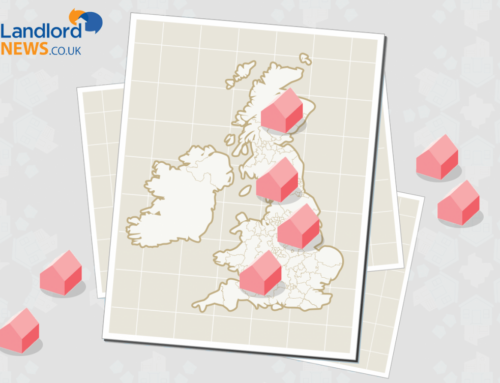Home » Uncategorised »
The Impact of the Benefit Cap on Social Housing
This article is an external press release originally published on the Landlord News website, which has now been migrated to the Just Landlords blog.
The Right to Buy expansion has been hitting the headlines recently, covering up the housing issue that could have an even more devastating effect on social landlords and tenants.
Approaching is the reduced benefit cap, from £26,000 to £23,000 per year.
In London, some social landlords have adopted the affordable rent programme, but this sometimes sees social tenants paying much more in rent. These landlords could be massively hit by a rise in arrears as tenants see their benefits cut by £3,000 a year.
Many view the benefit cap as a positive move, but they may not be aware that it will affect those paying huge rents, through no fault of their own.
Currently, a working-age family claiming benefits can claim up to £500 per week. This will fall to £440 following the emergency Budget in July.
The new cap will apply to those receiving out-of-work benefits, including Jobseeker’s Allowance (JSA) and Employment and Support Allowance (ESA), which is paid to those with disabilities. Housing benefit is at the top of the benefits pile, meaning that it will be the first one cut once the cap is reduced.
Think of this example: A couple with three children live in a three-bedroom housing association home in Islington, paying £180 in rent per week. Both parents have disabilities and are entitled to ESA.
Their current weekly benefit allowance is £500 – child tax credits: £171, ESA: £115, child benefit: £48, housing benefit: £166.
Due to the existing cap, there is a £14 a week shortfall on rent from the housing benefit. This is not too problematic, as their other benefits make up the difference.
However, the imminent cut will take £60 a week off their housing benefit, leaving a £74 weekly gap. This equals £3,848 per year.
In the last four years, about 23,000 London properties have been let out at higher so-called affordable rents, with prices set at up to 80% of market rents. Housing associations generally rented homes at social rents of about 40-50% of market rates. Around 5,000 of these are three-bedrooms and above.
The average rent is about £250 per week and over half of tenants receive out-of-work benefits.
Considering the example family, these tenants could build up rent arrears of £7,000 a year. This would cause a loss of £37m in income for all social landlords affected.
Those impacted by the cut will be forced into smaller and cheaper homes, probably outside of London. They might also face eviction into temporary accommodation.
Will social landlords take any of the blame for setting these supposed affordable rents so high? And who will they let them to in the future?
It seems that affordable rents can only be let to those on fairly high incomes.





